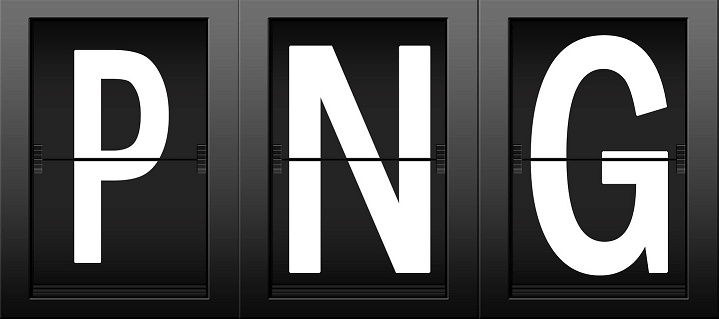Our hard disks, smart phones, social networking sites, e-mail inboxes, websites we surf are all filled with digital image files. While there are a several types of different photo file formats each of them have their special attributes, and thereby with circumstance the image format we use should also differ.
In this article we concentrate on the PNG Photo File Format, its features and advantages.
The PNG Photo File Format – History:
The Portable Network Graphics (PNG photo file format) pronounced as “p-n-g” or “ping” format is most popular for its lossless data compression. This format is invented mainly for the web and is today the most used photo file format in the Internet. It actually is created as an improved and non-patented version of the GIF photo file format in 1996.
Initially the web support for this PNG photo file format came from the Internet Explorer 4.0b1. Now a range of browsers from the Google’s Chrome to the Apples’s Safari support this format.
Types – PNG 8, PNG 24 and PNG 32
You must have known about the classification of photo file formats into the JPEG, GIF, PNG, TIFF and other such formats. All of these differ from each other, while the PNG photo file format can further be classified as:
- PNG-8
- PNG-24
It is to be noted that the PNG-32 is simply the PNG-24 with full support for alpha transparency. Due to which we choose to keep that out of the classification and you’ll slowly understand what alpha transparency means as you read along.
The PNG-8 format is very similar to the GIF format. Just like the GIF, it can be saved with a maximum of 256 colors and with a support for a 1-bit transparency. The important thing about an image saved under in the PNG-8 format is its edges are quite fuzzy.
These edges could go unnoticed if the background is white, but, if it were a black background it surely isn’t so appealing. Anyways PNG-8 digital files are smaller compared to the GIF files.
If PNG-8 is closer to a GIF format, so is the PNG-24 to a JPEG photo format. It supports 24-bit colors (which means a total of 16 million colors) and because of ability of lossless image compression, these file sizes are bigger than JPEG. Even the fuzzy effect mentioned earlier with PNG-8 is absolutely gone.
But this doesn’t make the PNG-8 format worthless, for, they are the best web image format at instances you don’t have need transparent images. But the thing is PNG-24 is much better in producing graphic transparency.
The Alpha Transparency – The Uniqueness
Generally in any other image file formats, each pixel can either be chosen to be transparent or opaque. The uniqueness with the PNG photo file format is that the alpha channel can set each pixel the opacity from a range of 0 to 255. Here, 0 is for fully transparent appearance and 255 being completely opaque; this provides a faded look to images.
Put on any backgrounds the PNG files maintain their original appearance which isn’t the case with any other photo file formats. This feature is a boon for those who utilize it and can produce digital files of superior interest.


